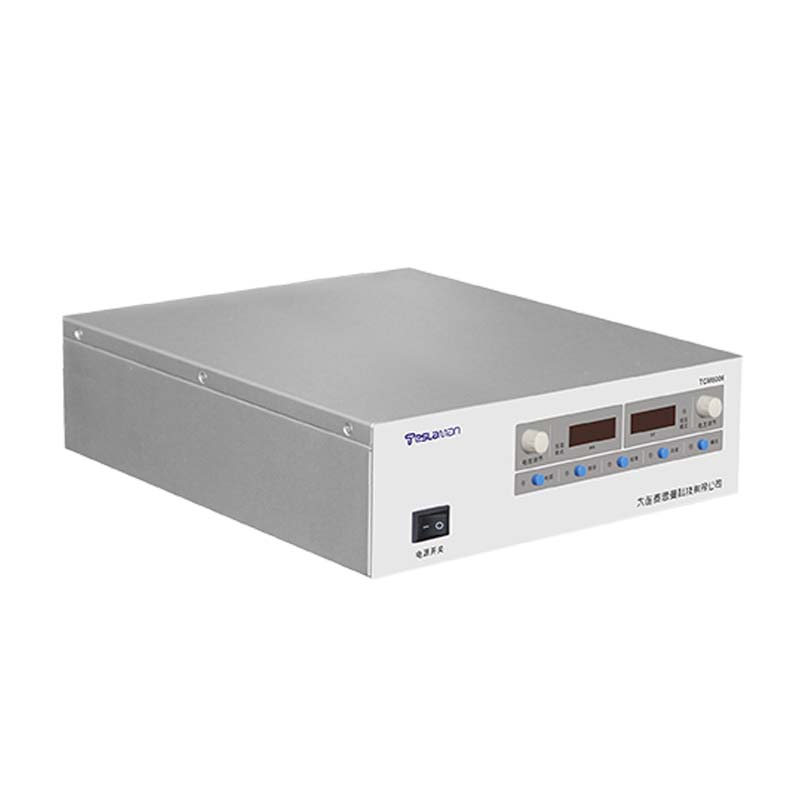Application and Effect Verification of X-ray Power Supply Technology in Nondestructive Testing and Safety Assessment
I. Introduction
With the continuous development of science and technology, nondestructive testing (NDT) technology has become an indispensable link in modern industrial manufacturing, engineering construction, and other fields. Among them, X-ray detection technology is widely used in internal defect detection and safety assessment of various materials due to its strong penetrating power, high resolution, and good real-time performance. As the core component of the X-ray detection system, the stability and reliability of the high-voltage power supply directly affect the overall performance of the detection system. This article will discuss the application of X-ray power supply technology in nondestructive testing and safety assessment from a professional perspective and verify its effectiveness.
II. Overview of X-ray Power Supply Technology
The X-ray power supply is a high-voltage power supply that provides stable and high-quality voltage for the X-ray tube. Its working principle is to control the energy and intensity of X-rays by adjusting the output voltage and current, thereby achieving precise detection of the object being tested. The key to X-ray power supply technology lies in ensuring the stability, reliability, and adjustability of the power supply output to meet different testing needs.
III. Application of X-ray Power Supply in Nondestructive Testing
1. Defect detection: By utilizing the principle that different substances have different absorption characteristics for X-rays when they penetrate the object being tested, the internal defects of the object can be intuitively displayed through X-ray imaging technology. For example, in the aerospace field, X-ray power supply technology is used to detect internal cracks, pores, and other defects in engine blades and wings; in the petrochemical industry, it can be used to detect corrosion, cracks, and other problems in pipelines and storage tanks.
2. Safety assessment: Through the analysis of X-ray images of the object being tested and combined with knowledge of material mechanics and fracture mechanics, the structural safety of the object can be assessed. This is of great significance for ensuring the safe operation of critical equipment. For example, in the nuclear power field, X-ray power supply technology is used to conduct safety assessments on key equipment such as pressure vessels and steam generators to ensure their stable operation under high temperature and high pressure conditions.
IV. Effect Verification
In order to verify the actual effect of X-ray power supply technology in nondestructive testing and safety assessment, we selected a certain type of aero-engine blade as the test object. Using an advanced X-ray power supply system, appropriate voltage and current parameters were set to perform layer-by-layer scanning of the blade. Through comparative analysis of the scanned images, we found a small crack inside the blade. Further calculations and analyses indicate that the crack has a minor impact on the structural safety of the blade, but its development trend still needs to be closely monitored.
V. Conclusion and Outlook
As can be seen from the above experimental verification, X-ray power supply technology has significant application effects in nondestructive testing and safety assessment. With the advancement of technology and the development of industries, future research on X-ray power supply technology will focus on the following aspects:
1. Improving the stability and reliability of the power supply and reducing the failure rate;
2. Optimizing the intelligence level of the power supply to achieve remote monitoring and fault diagnosis;
3. Expanding the application fields of X-ray power supply technology, such as new material research and biomedical applications.




















